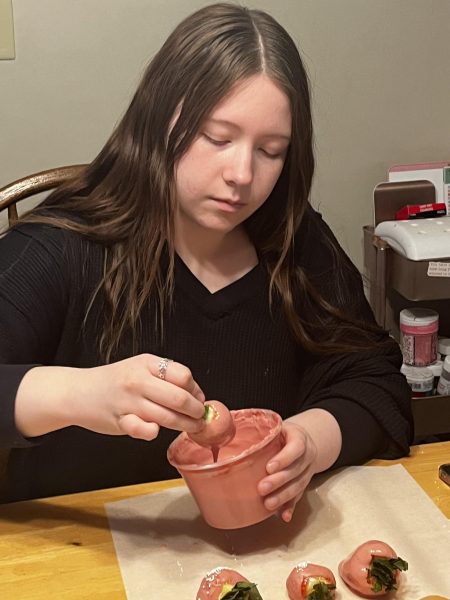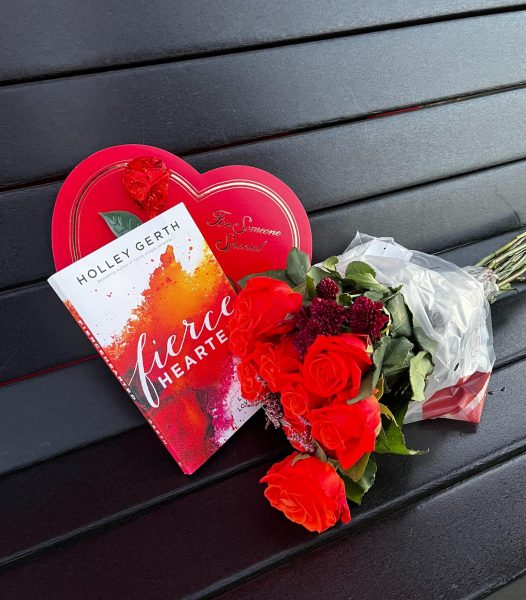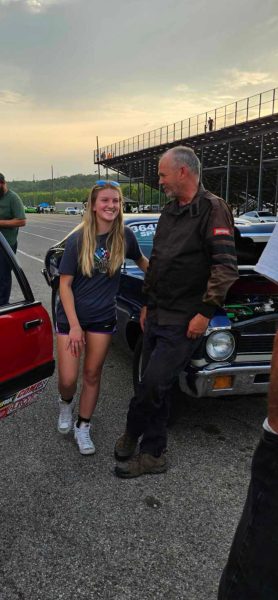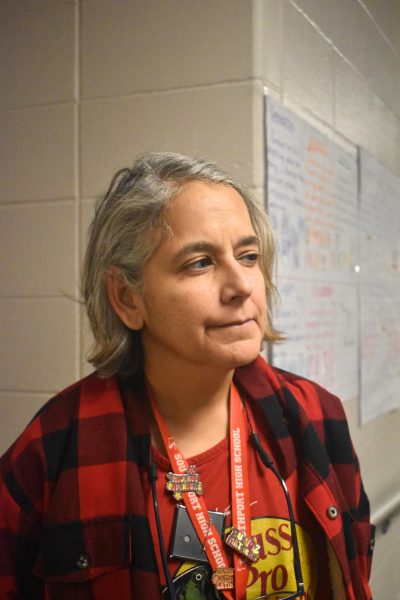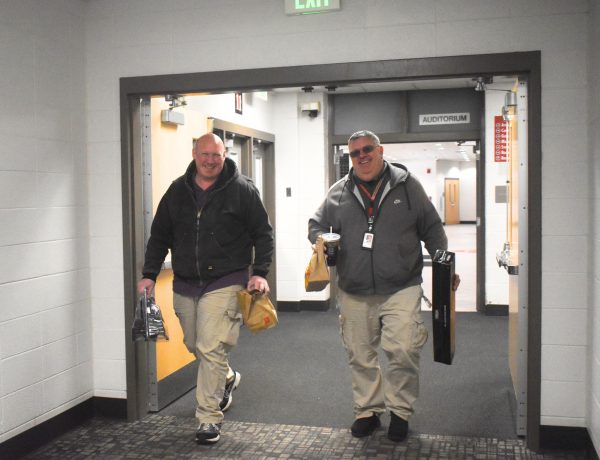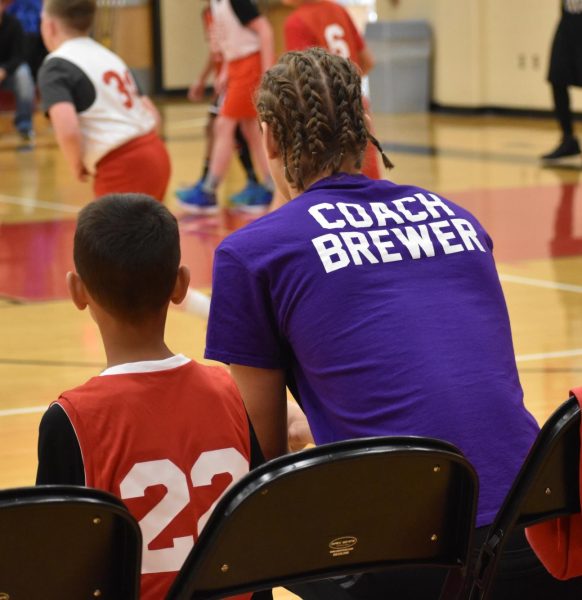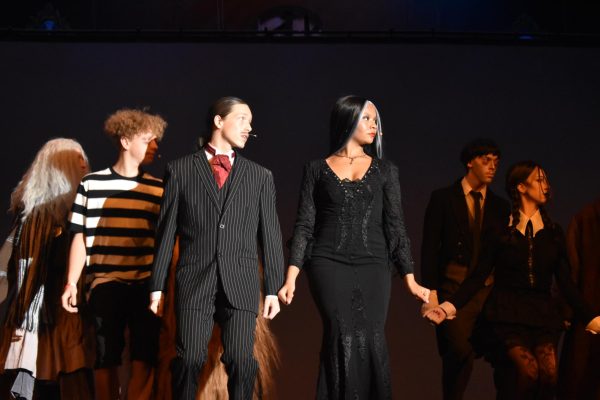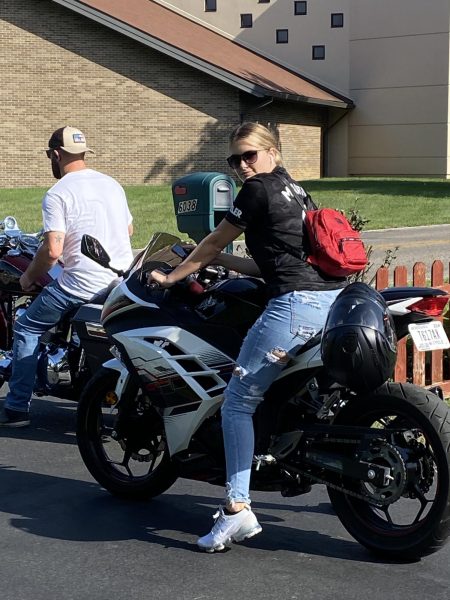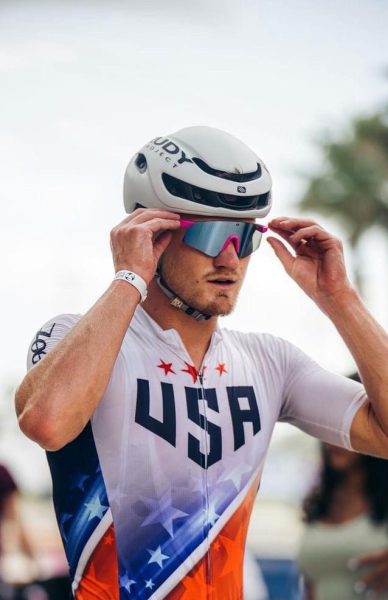Pushing through closed doors
ASL teacher finds success in ballroom dancing with her husband despite her physical disability
A deaf two year old girl starts her dancing journey by joining her first dance class after watching her older sister’s practice with fascination. Once she saw it for the first time, there was nothing that could’ve stopped her, not even her physical disability.
Today, ballroom dancer and ASL teacher, Natalie Hendrix-Evans, has been breaking boundaries and expectations ever since then.
“Ballroom dancing is a good, fun challenge,” Hendrix-Evans said through an ASL interpreter. “It does really challenge me to be the best dancer I can be.”
The path of a dancer is never a walk in the park, even more so when the dancer herself is unable to physically hear the music in which she relies on for the performance. But not caring about the judgment or criticism for it, Hendrix-Evans finds her way to make the most out of her experience with ballroom dancing and turn it into such a successful activity.
It must be said that she is not all alone in this challenge. Even though she has always considered herself a dance admirer, the idea of joining professional ballroom dance lessons actually came from her husband and ASL interpreter, Zach Evans.
From the beginning of their relationship, even before the thought of formal classes was brought up, he knew that despite any hearing disabilities, she is, and she will always be the dancer of the marriage.
“She would be the one dragging me out on the dance floor when I really didn’t want to dance at all because I didn’t know what to do,” Evans said.
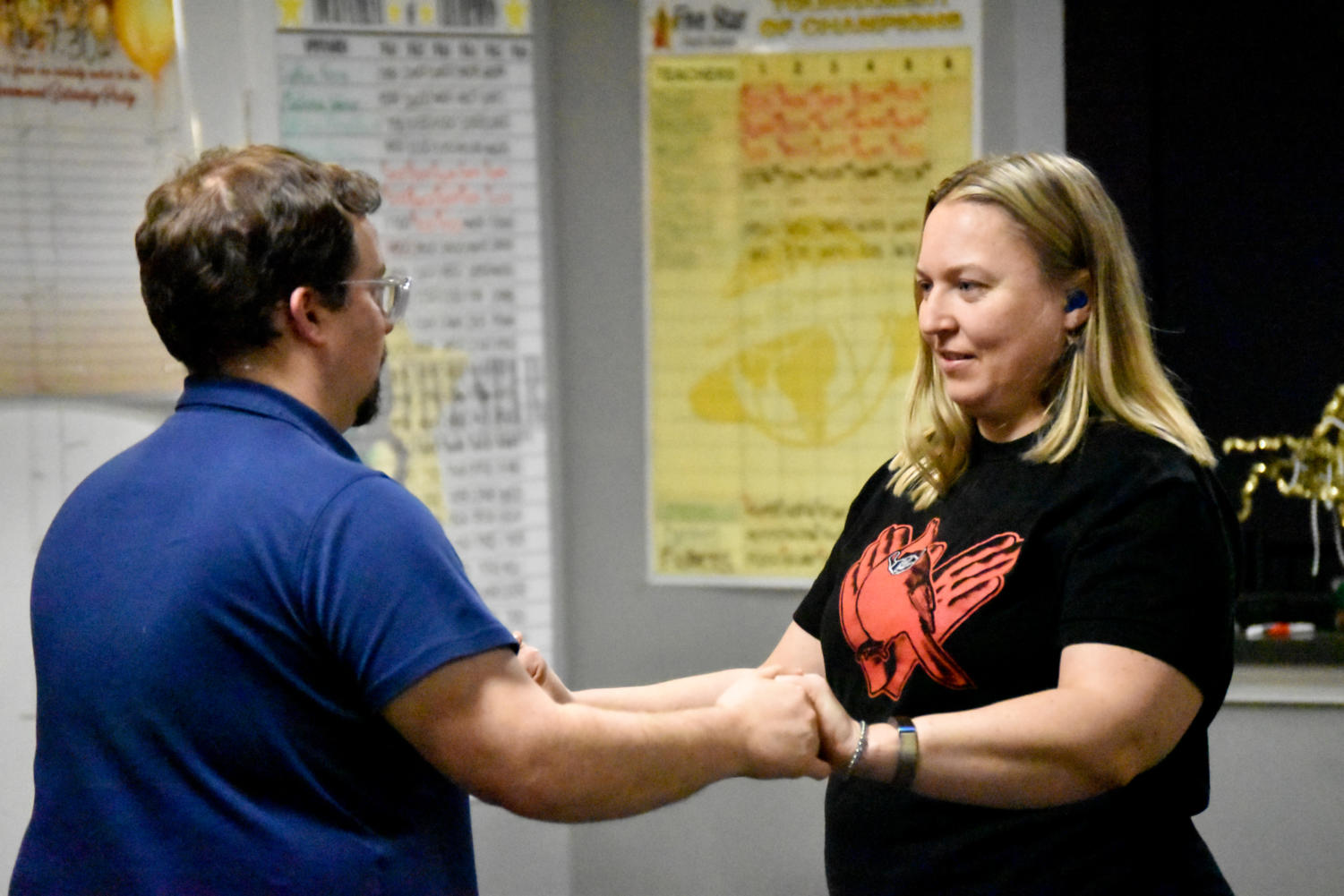
Their career as an actual dance couple initiated inside the walls of SHS, and years later Hendrix-Evans still remembers it with detail.
It happened back during her first year of teaching in the Cardinal community. Hendrix-Evans recalls being in her classroom enjoying the quietness of her free period. Afterwards, her husband would show up and ask her if she was interested in practicing a new rumba routine that some of his theater students were studying. Moments later, they would find themselves dancing around and discovering the joy that dancing together brought them.
Therefore, they jumped up into the challenge in May 2014, and what began as a “one-lesson gift” at their current studio Five Star Dance Studio ended up being this worth-telling story.
The couple doesn’t only use their weekly lessons for the improvement of their dancing skills. They would like to think that every Thursday night they enjoy intimate one-on-one moments as well as the opportunity to escape from the daily routine while bonding more with each other. They are sure that because of these practices throughout the past years, their relationship has gotten stronger every week.
“We make time for each other in this way,” Hendrix-Evans said. “This is kind of our date night.”
Since they started practicing this dance style, they say they have great communication on the dance floor, whether this was with each other or with their dance instructors. When it comes to ballroom dancing their communication can be based on a series of skills, techniques, practices and instructors. Nevertheless, there is a key element missing in this list: Hendrix-Evans’s hearing aids.
These aids are meant to help her hear the music’s vibrations better and louder. However, they are not always entirely helpful as their batteries can die just like any other device does. But, like in most couple dance styles, the man has the lead, and that is how they make this work. She easily learned how to follow her husband’s lead, and, in the same way, he learned how to guide her properly.
“She is able to follow a lead very well. She seems to have kind of a sense to what the dance should be like,” Evans said. “I don’t know how she knows, but she does.”
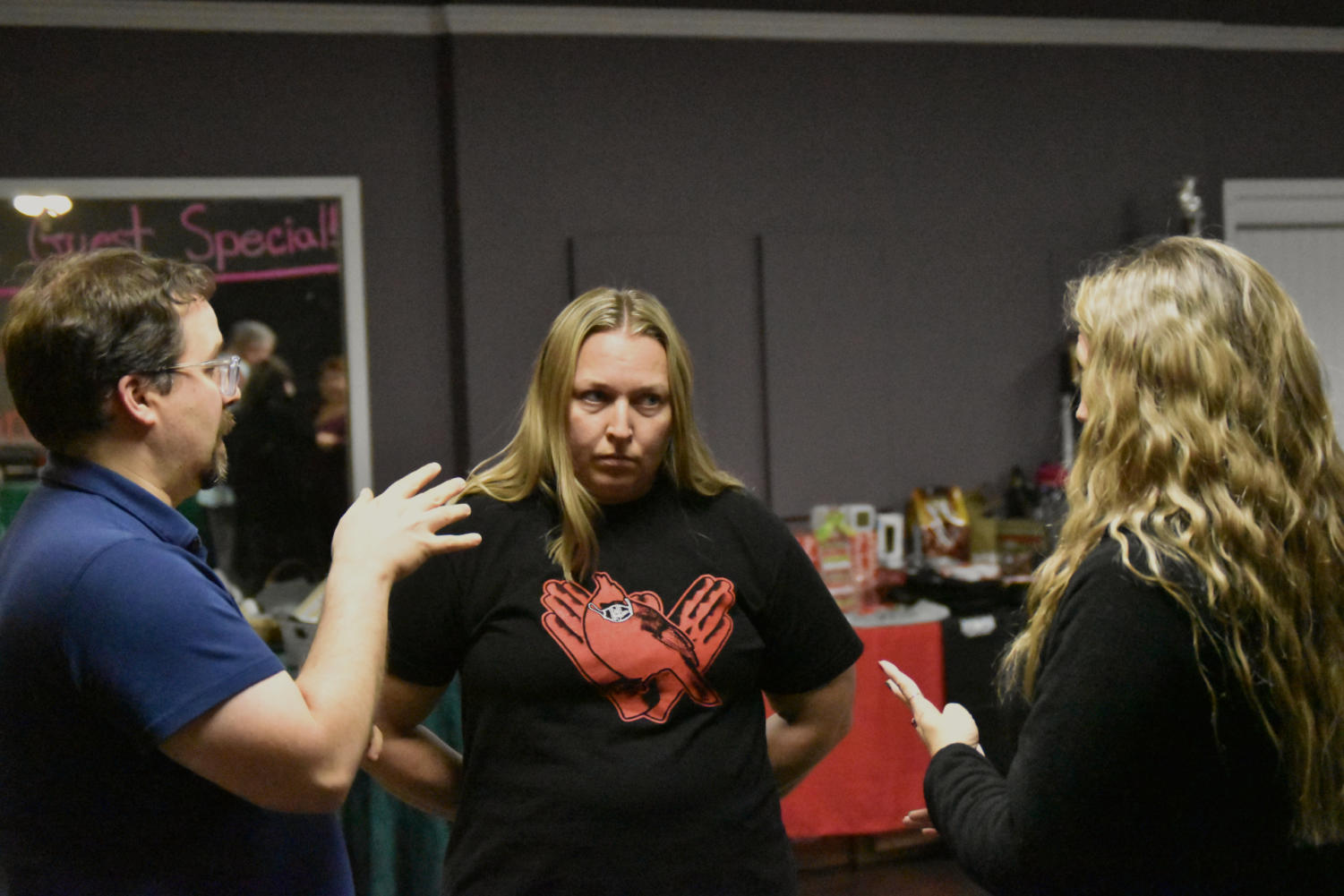
None of this could have been accomplished without the assistance of their dance instructors, Amanda Cast and Jeff Baker. Inevitably, two different teachers come with two different responsibilities.
Cast is in charge of their weekly private lessons, which are regularly focused on the perfectionism and development of just two routines out of all the ones they are working on.
From the beginning, Hendrix-Evans and Cast shared their own way of communication. Cast was willing to learn the very basics of ASL, such as numbers. This way, whenever Hendrix-Evans was making a mistake, she could help her show the proper rhythm to follow.
Apart from that, they came up with other visual signs, such as tapping the top of their head if they need to start from the beginning of the performance. Because of all this and more, Hendrix-Evans is thankful for the effort Cast has made in order to have such successful lessons.
The couple is also part of a performance group responsible for Five Star Dance Studio showcases, and that is Baker’s job. He is the choreographer of these performances, which take place twice a year and has been guiding them through these shows since they started dancing at the studio eight years ago.
Since day one, Baker believed in the potential of this learning couple, and he is sure that they could achieve greater things.
“They’ve done a great job,” Baker said. “They enjoy each other’s company, they practice, they put on a lot of hard work but they also have a lot of fun with it, and I think that is important.”
However, at times, not everyone is as willing to open their doors.
It was last May when Hendrix-Evans got asked to dance for an organization. She went to the studio where the event was taking place just like the rest of the performers in the show did. But the difference is that she will not be treated like a normal one. Even though she earnt that spot like anyone else did, for some reason her hearing disability was more outstanding than her actual skills. Furthermore, some workers began to question whether they should let a deaf dancer perform or not.
Despite the disappointment that Hendrix-Evans felt when hearing this news, in the end, the owners of the studio spoke out for her and let everyone know that there were absolutely no problems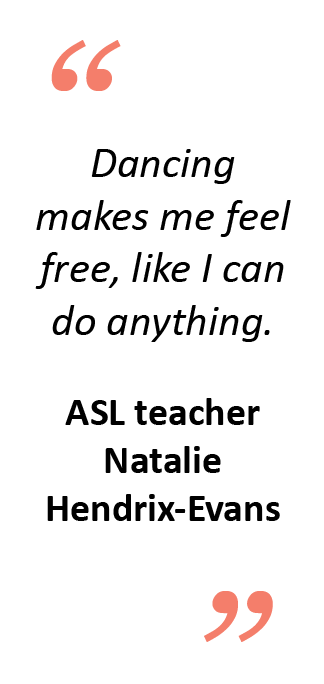 with having her as a performer.
with having her as a performer.
“It’s inspiring to see her do things that people might think she can’t do,” Evans said. “Proving people wrong whether they think she can do, or not.”
Hendrix-Evans did think twice about the possibility of dedicating professionally and exclusively to dancing, however, she never ended up pursuing it. As today, after eight years of ballroom dancing, the couple still isn’t particularly focused on setting any major goals. They will keep dancing, they will keep practicing and they will keep on with this “little magical hobby” as they like to call it.
Ultimately, as the years go on, and Hendrix-Evans keeps on dancing, she will continue to be a great woman figure representing the ASL community while doing what she most enjoys.
“Dancing makes me feel free, like I can do anything,” Hendrix-Evans said.

Hola everyone! My name is Maria Bujan, but you can call me “my favorite Spaniard” I wrote my first staff bio last year when I served the paper as one...


